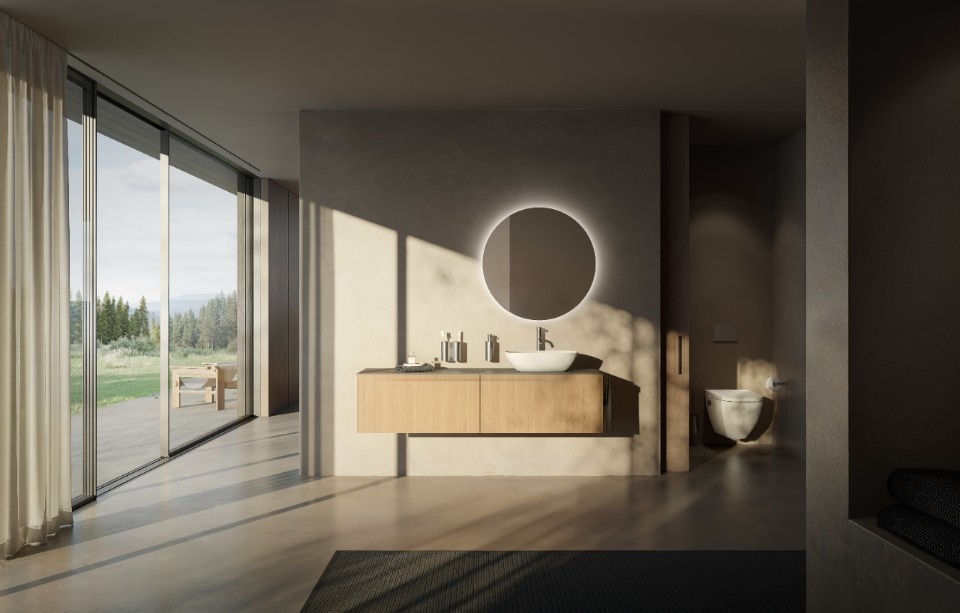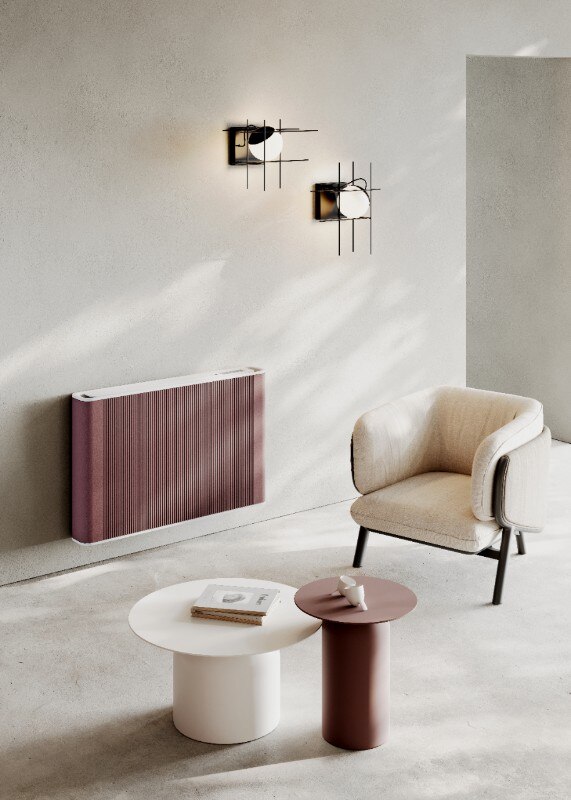Provencher Roy + Associés Architectes designed this new award-winning building (recipient of the 2010 Canadian Architect Awards of Merit and the 2011 Award of Excellence from the Urban Development Institute of Quebec), which will allow the Museum to present a more coherent and comprehensive examination of the history of Quebec and Canadian art. Continuing the MMFA's policy of offering free admission to its permanent collection, the new Claire and Marc Bourgie Pavilion will provide thousands of visitors, school groups, families, and tourists with the opportunity to learn more about Canada's rich cultural heritage. In order to foster a new dialogue between the visual arts and music, the Museum's expansion includes the restoration, and conversion of the nave of the former Erskine and American church (1894) into a 444-seat concert hall. The new 8,095 square foot Bourgie Concert Hall will host a full range of music performances along with a variety of museum-related public programs. Access to the Claire and Marc Bourgie Pavilion and Bourgie Concert Hall is provided via a shared new main entrance clad in the same marble found in the Museum's existing pavilions, while an underground gallery also links the two structures to the Jean-Noël Desmarais Pavilion.
According to Nathalie Bondil, the MMFA's Director and Chief Curator, "This choice represents a major initiative by the Museum to beautify our city." Charged with the task of designing a new Pavilion while preserving a Canadian architectural treasure, Montreal-based Provencher Roy + Associés architects, led by Claude Provencher and Matthieu Geoffrion, worked with a team of 450 professionals and craftsmen on this unprecedented, multilevel, multipurpose addition. In awarding Provencher Roy + Associés architects with its 2011 Excellence Award, the Urban Development Institute of Quebec commended the new Pavilion for "its exceptional urban integration and its design, which brings past and future together."
In order to form a cohesive whole, white marble from Vermont previously used for the Michal and Renata Hornstein Pavilion (1912, architects Edward & W.S. Maxwell) and the Jean-Noël Desmarais Pavilion (1991, architect Moshe Safdie) was chosen for the exterior of the new Pavilion. The new addition's seamless façade is comprised of 1,500 sheets of marble cut from 27 successive slabs formed from 16 contiguous blocks from the same quarry wall. According to Geoffrion, "The marble isn't installed on the façade like a skin, but like actual clothing."
Emphasis was also placed on connecting users to both surrounding museum buildings and outlying structures. On the top level, a glassed-in gallery affords stunning views of Mount Royal, and the incorporation of glass walls throughout the new Pavilion and at each gallery entrance creates dynamic, light-filled spaces that offer multiple framed views of the city.
Named in honor of Pierre Bourgie, the patron and founder of the Arte Musica Foundation, the former Erskine and American Church's nave has been restored and transformed into a new, 444-seat Bourgie Concert Hall. Serving as the main entrance point to both Pavilion and Hall, the former crypt has been converted into a lobby featuring ticket counter, cloakroom and bar-boutique along with rehearsal and dressing rooms.
Ideally suited for chamber groups and other small ensembles such as string orchestras, the new Concert Hall will host over 100 hundred concerts annually, along with educational and cultural activities associated with music and the fine arts, film screenings, and special events. Included among the structural improvements (Go Multimédia for the stage and electronics, and consultants Legault Davidson for the acoustics) is the addition of a birch shell over the stage. The hall contains 311 removable seats located on the parterre level, and 133 seats comprising the original pews on the balcony level. The Hall's interior design was developed by the architects and designer Christiane Michaud, who collaborated with the Museum's curatorial team to ensure that many historical details were respected.
Eighteen Tiffany windows, which are now part of the Museum's collection, were originally commissioned at the turn of the twentieth century for the American Presbyterian Church (now demolished). They were then reinstalled in the Erskine and American Church in 1937-38, then restored and reinstalled again in the former church and now new Concert Hall. 17 of these windows were created between 1897 and 1904, during the heyday of the Tiffany Glass and Decorating Company in New York. This remarkable grouping constitutes one of only two commissions by Tiffany in Canada and one of the few surviving religious series in North America.

The Bathroom becomes an oasis of well-being with Laufen
Laufen continues to innovate, elevating the bathroom environment to the heart of daily well-being with two new collections: ARUN and CLEANET AURIA.



